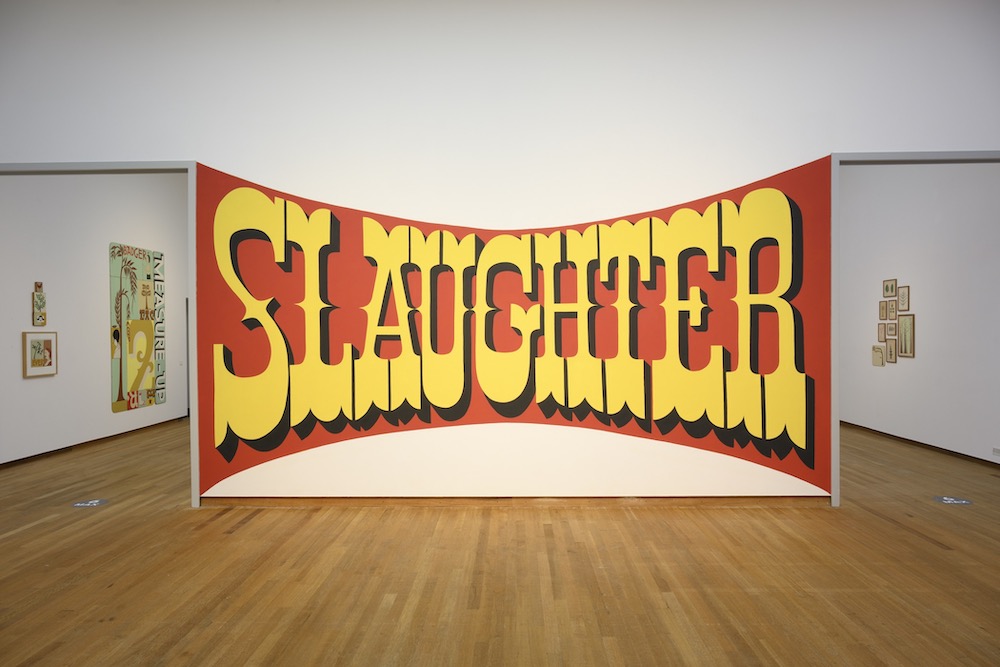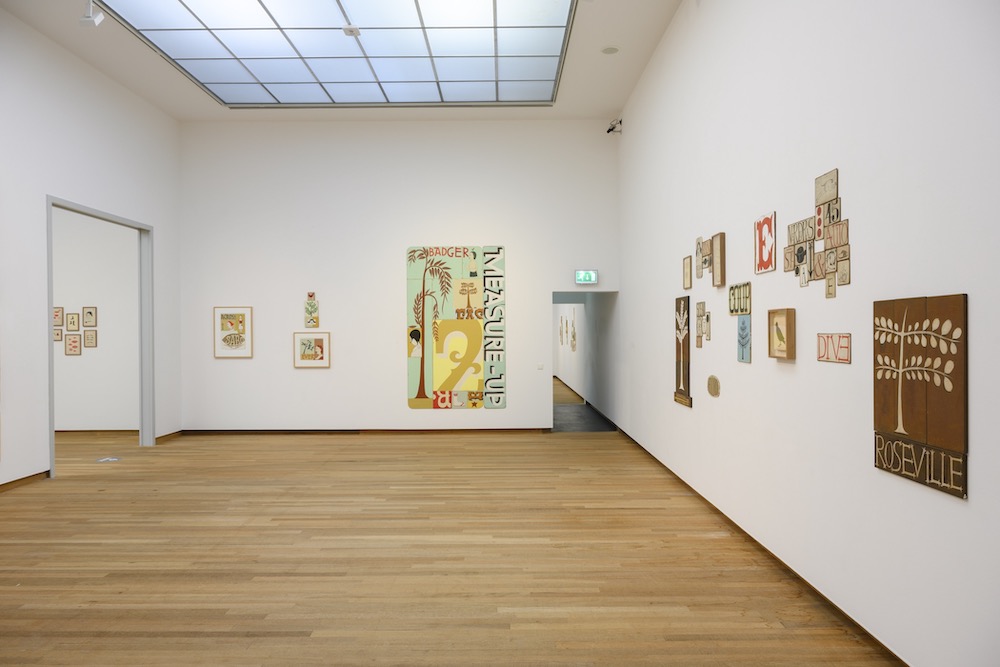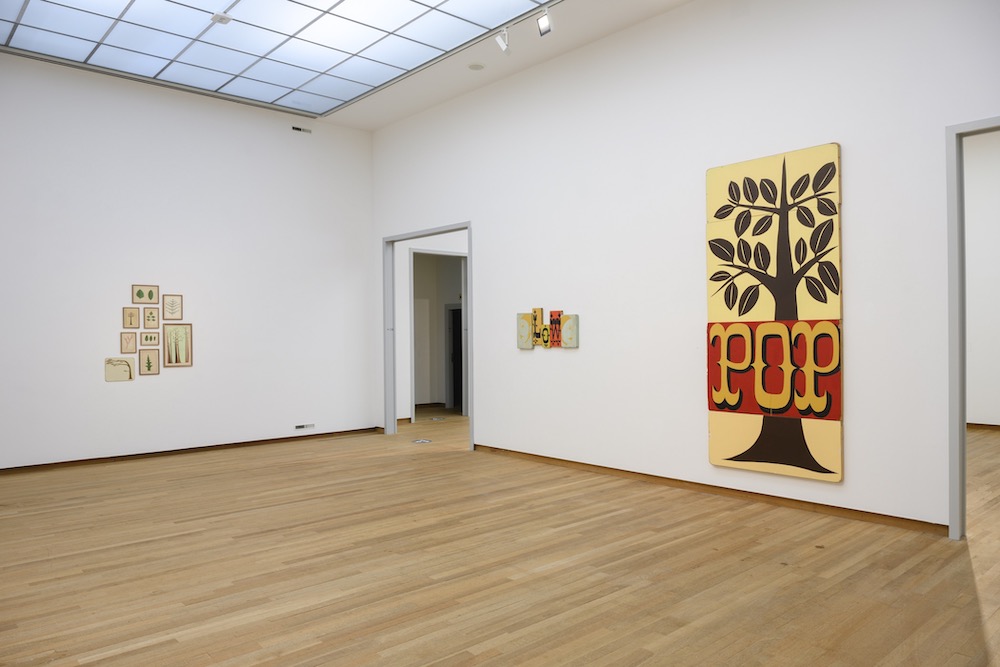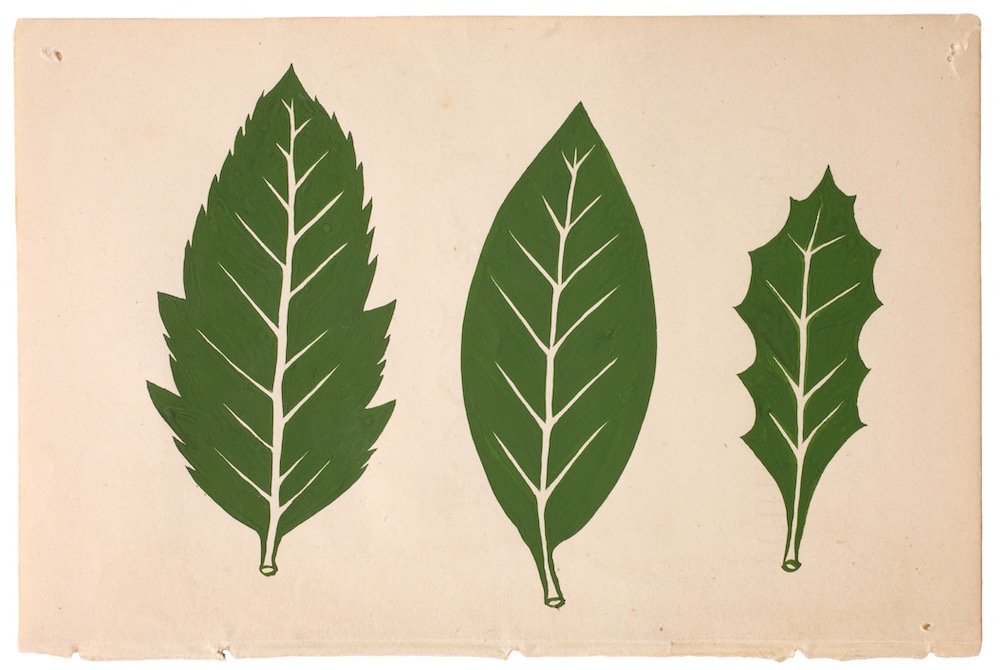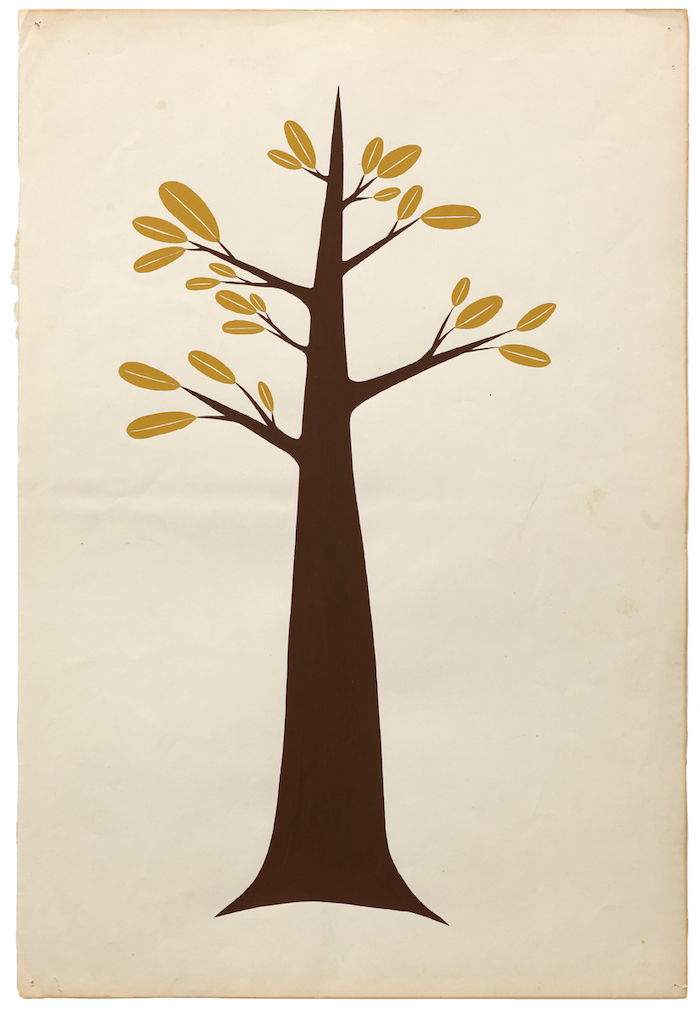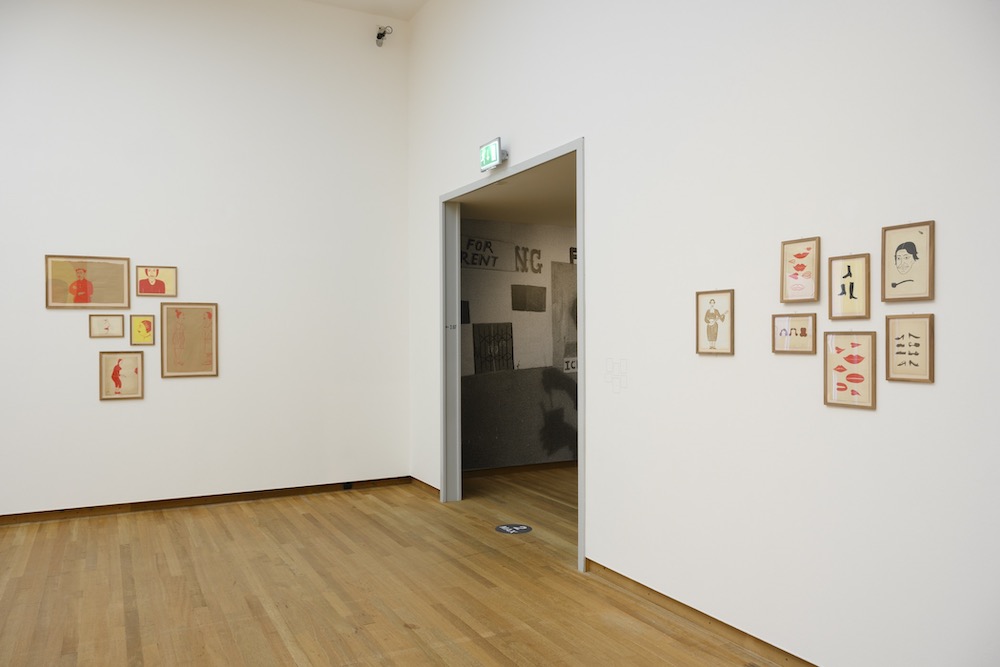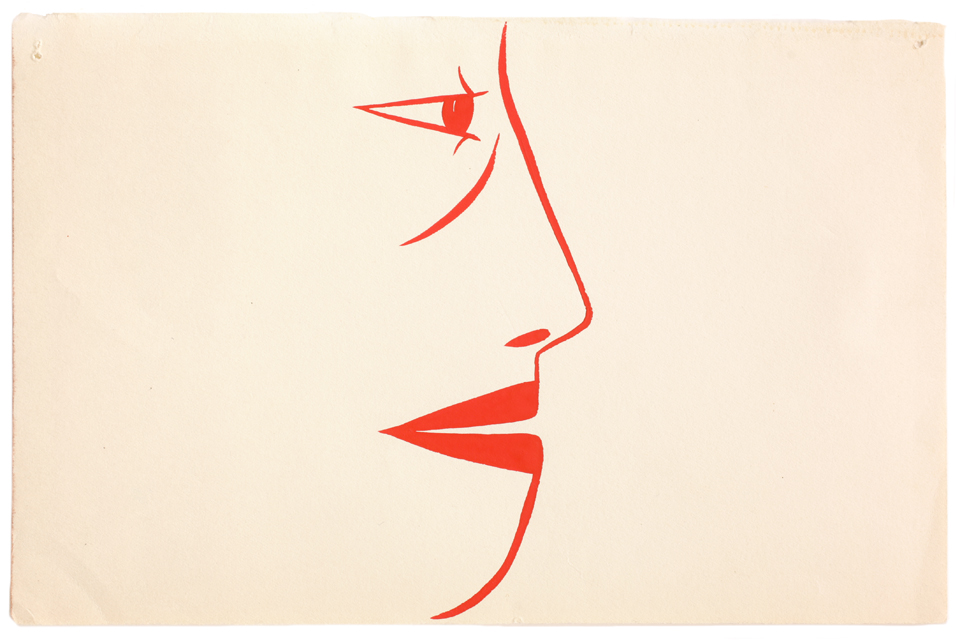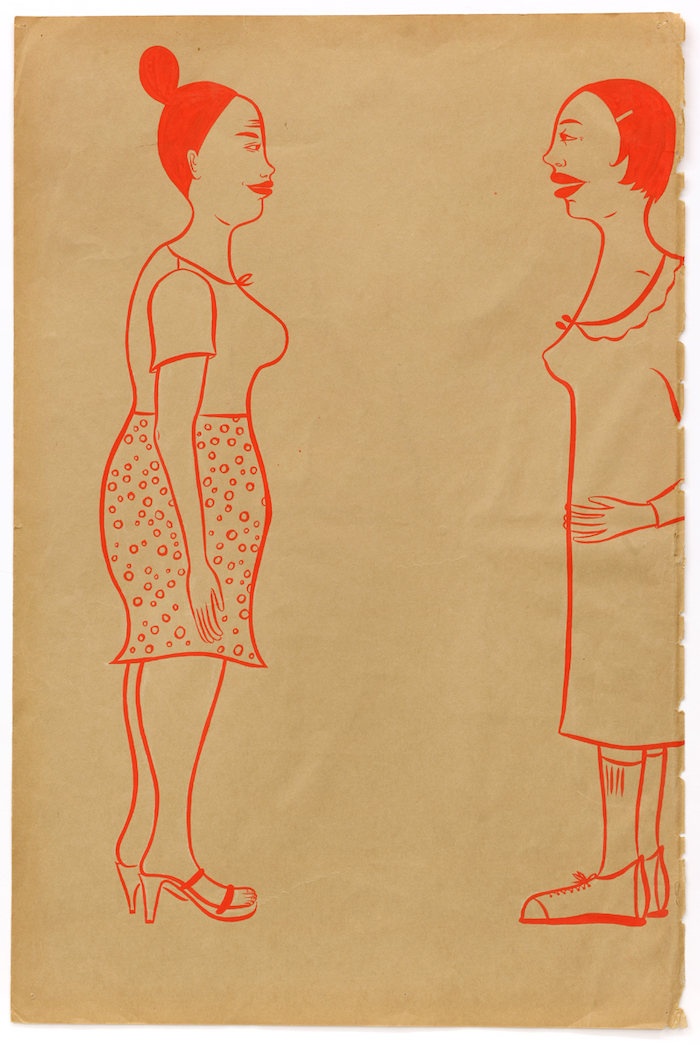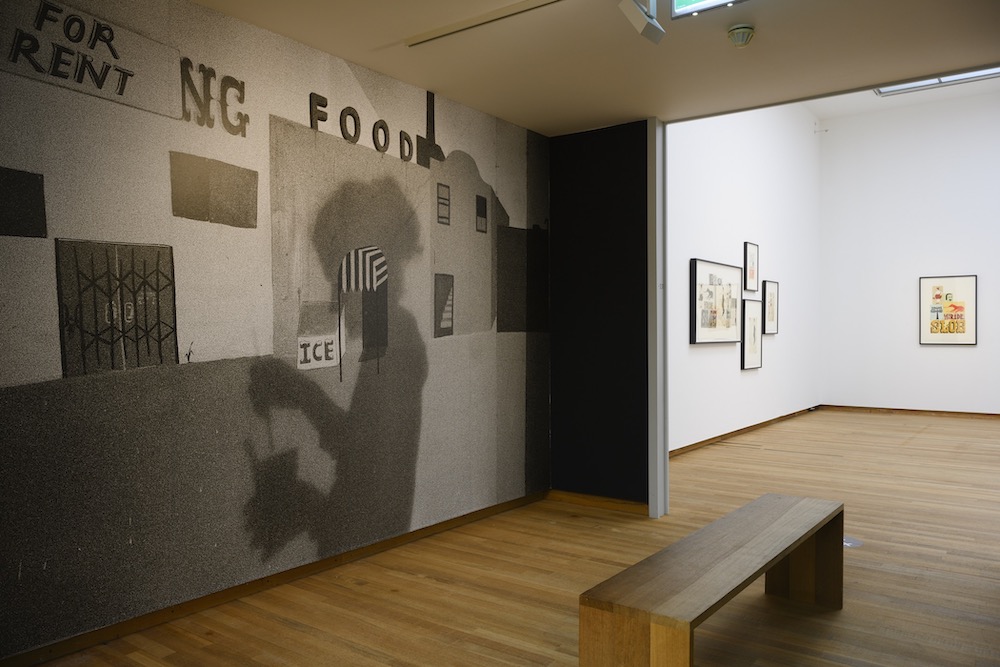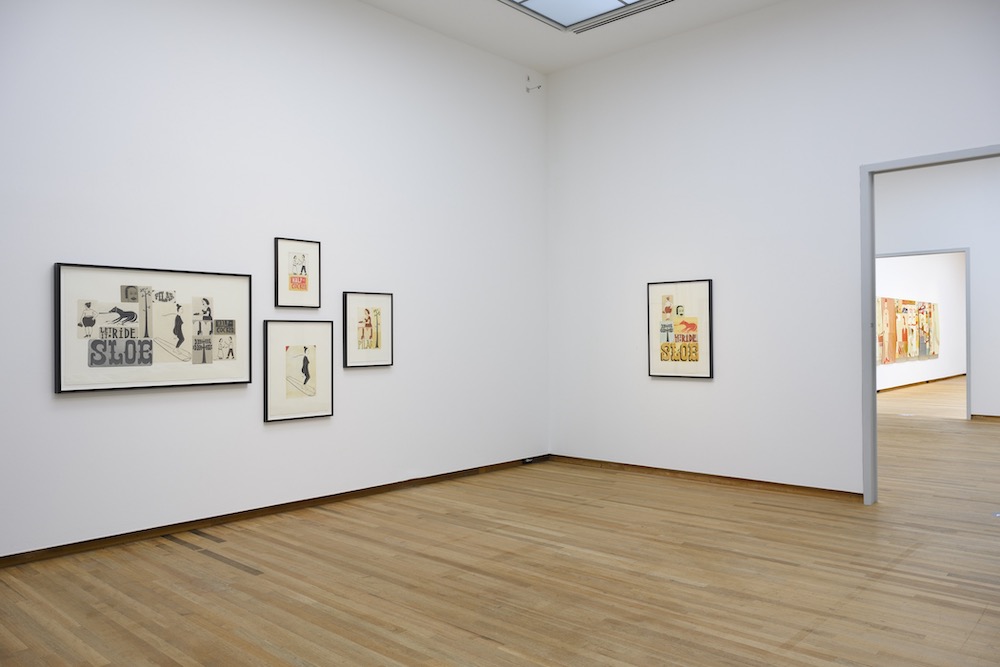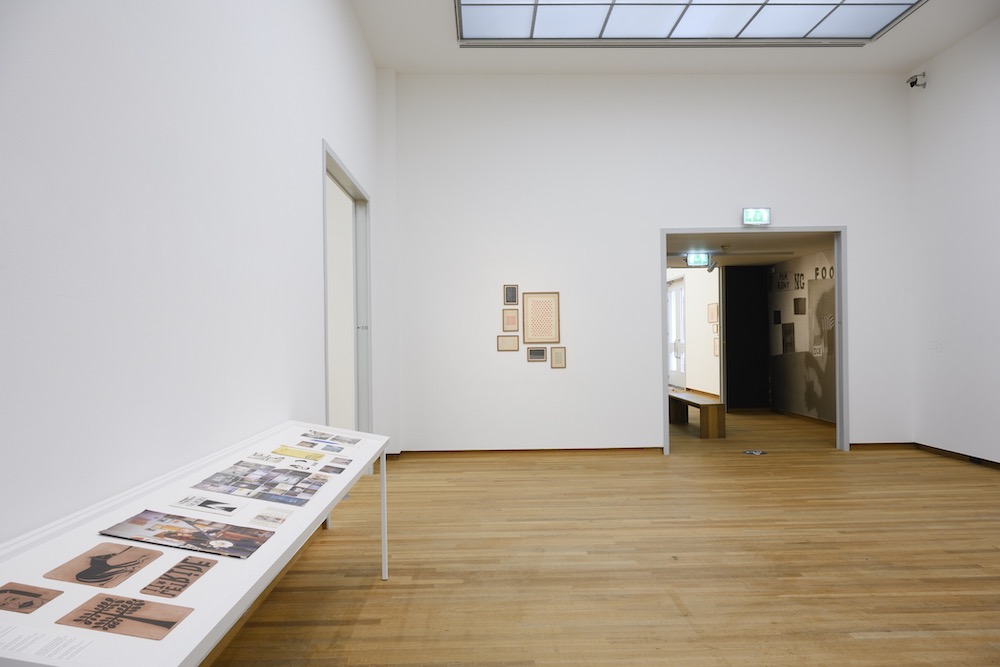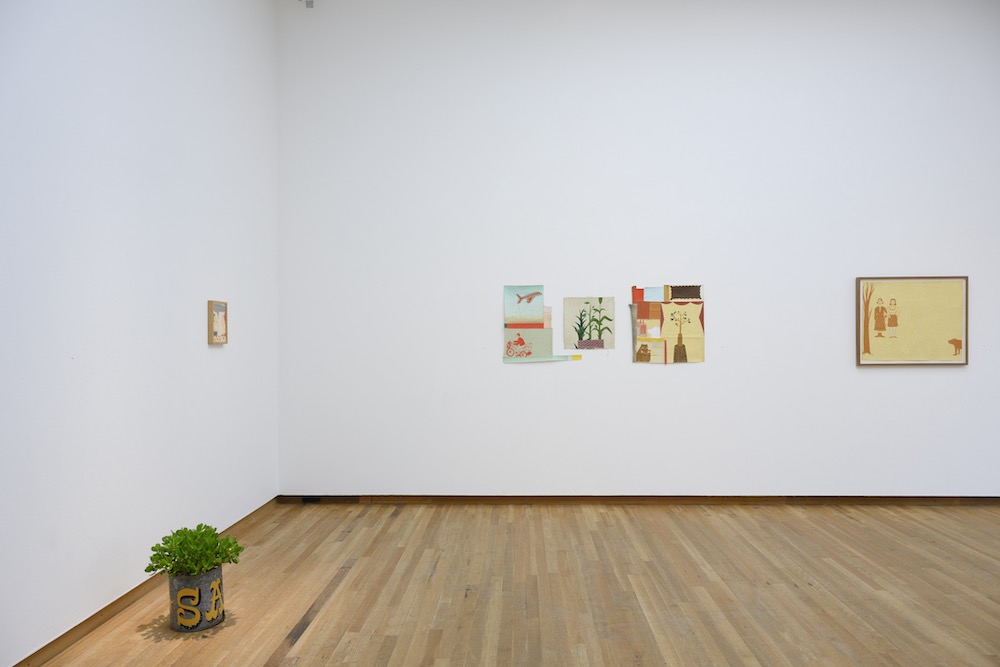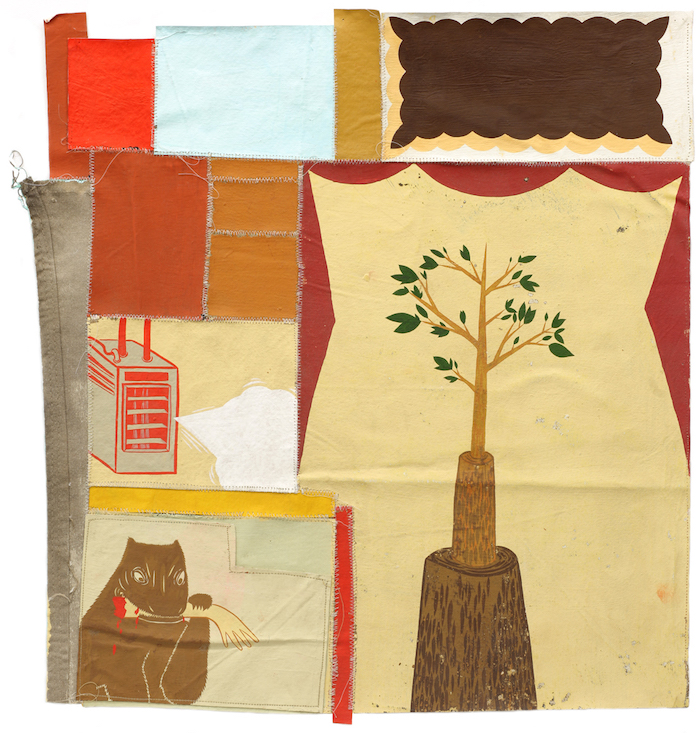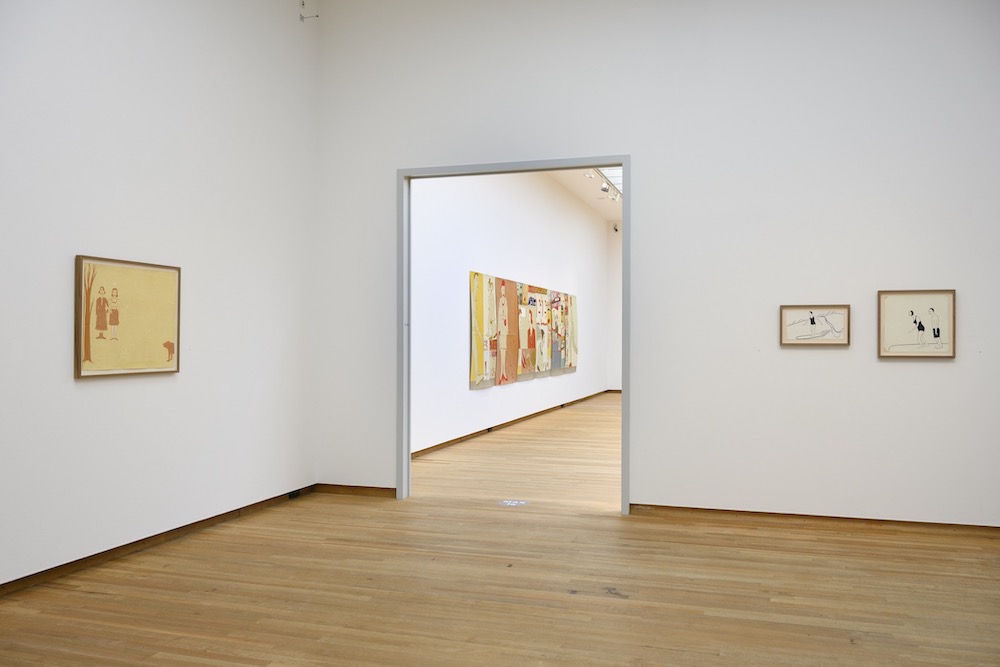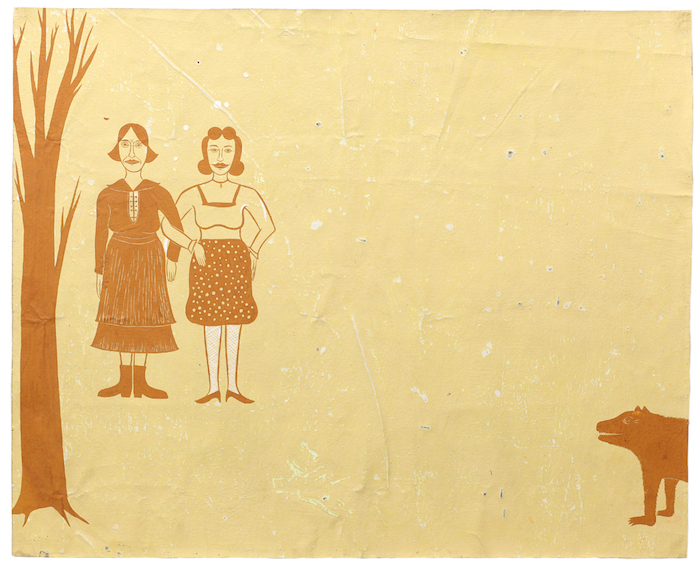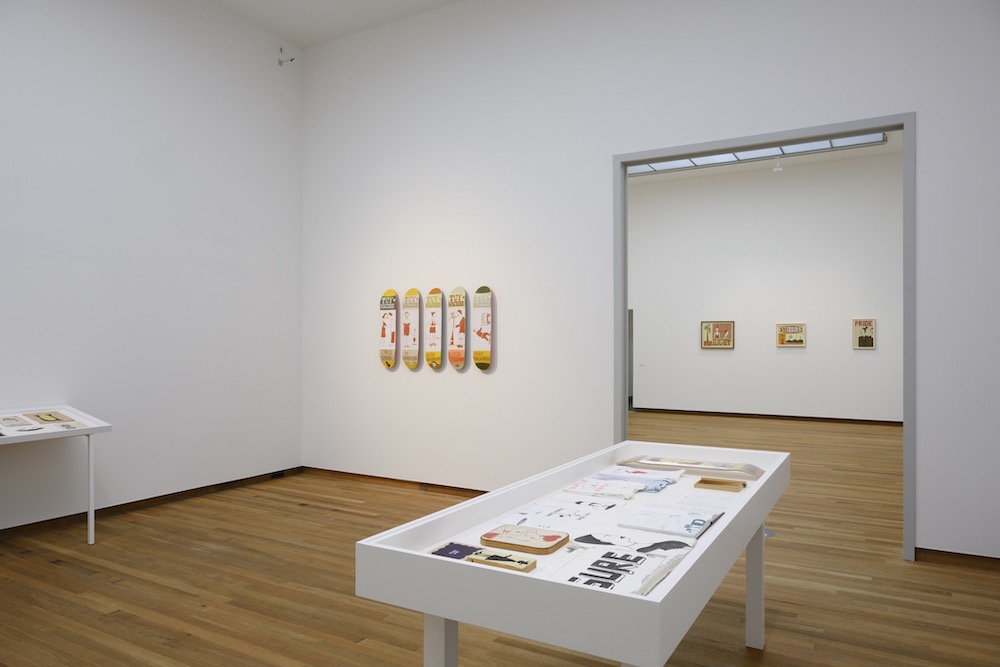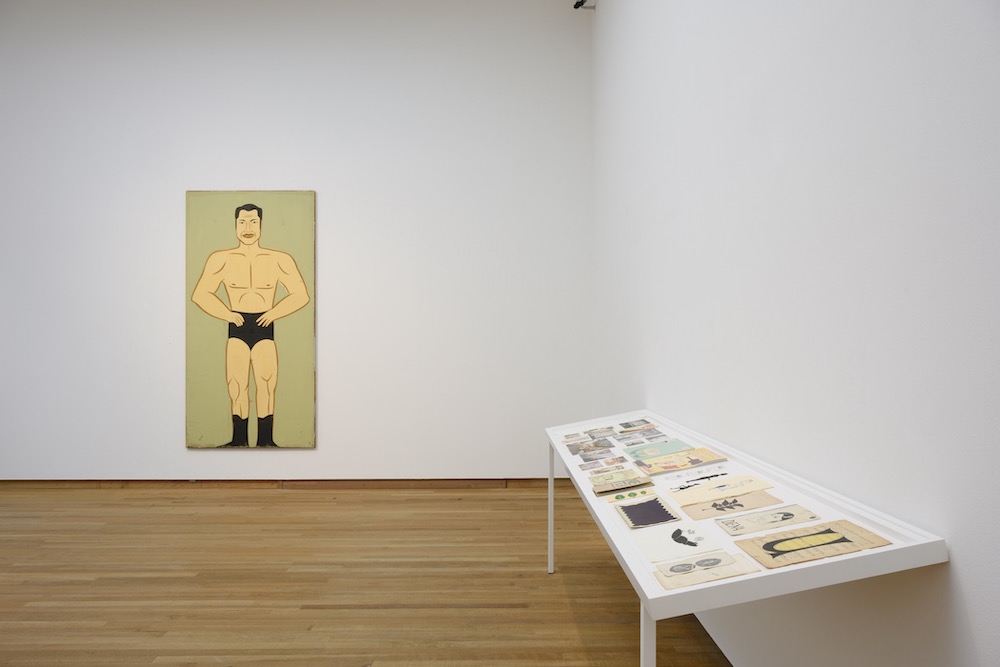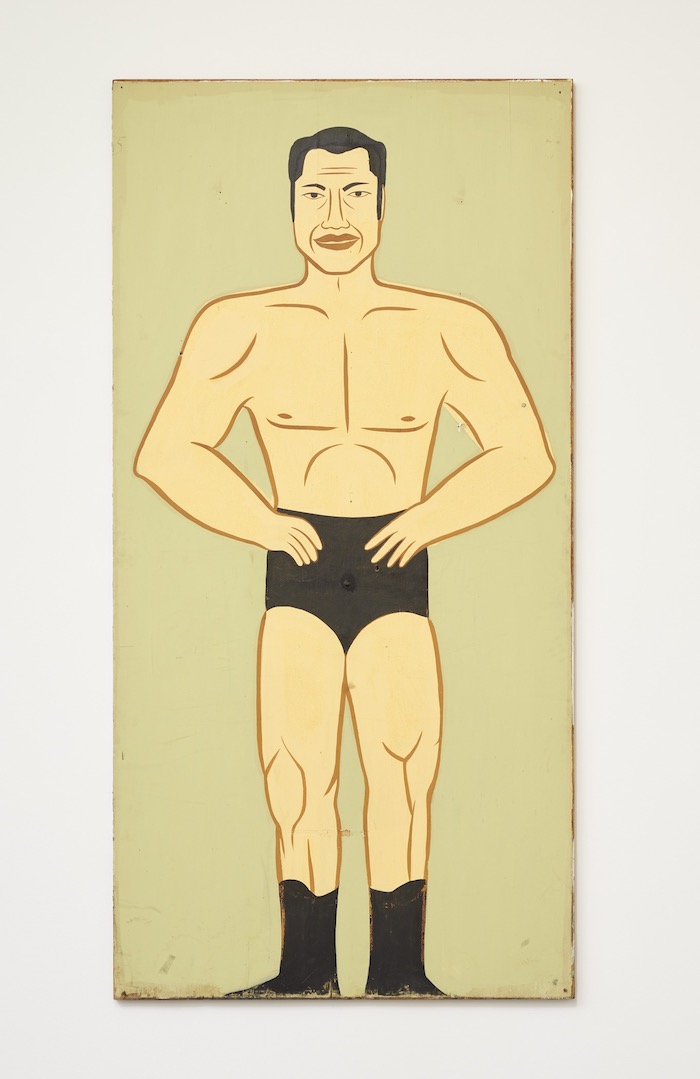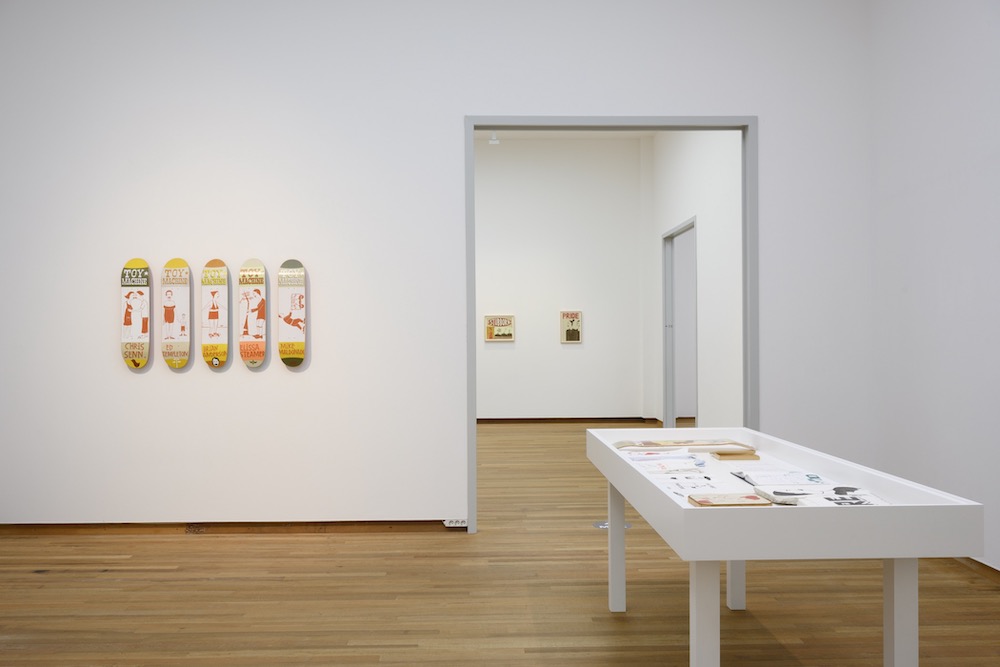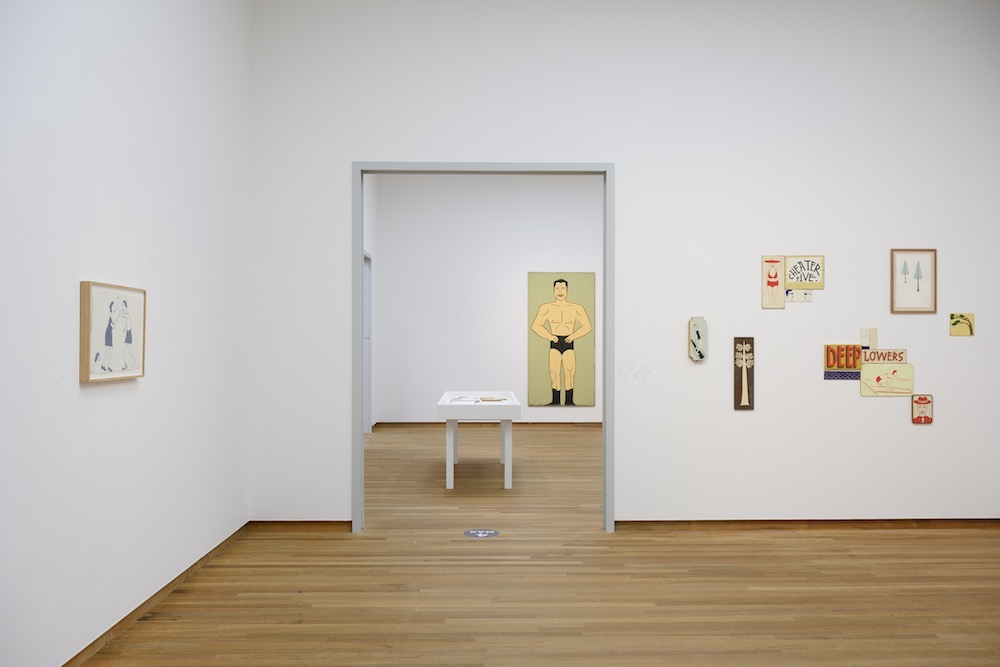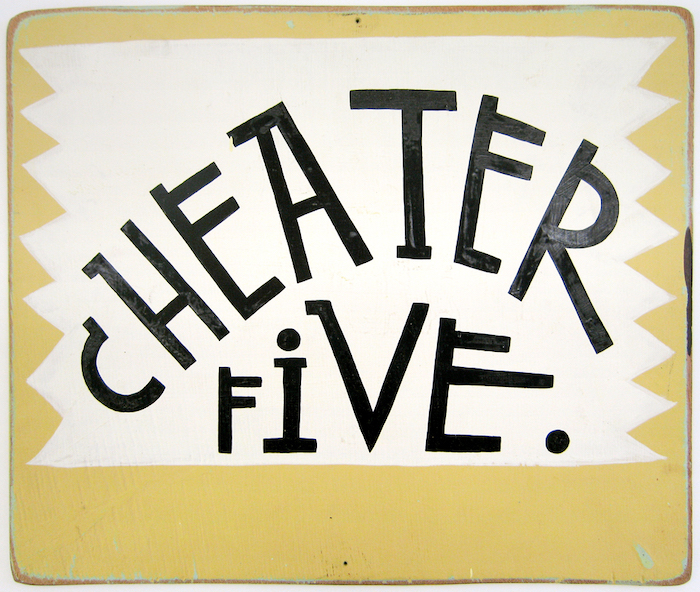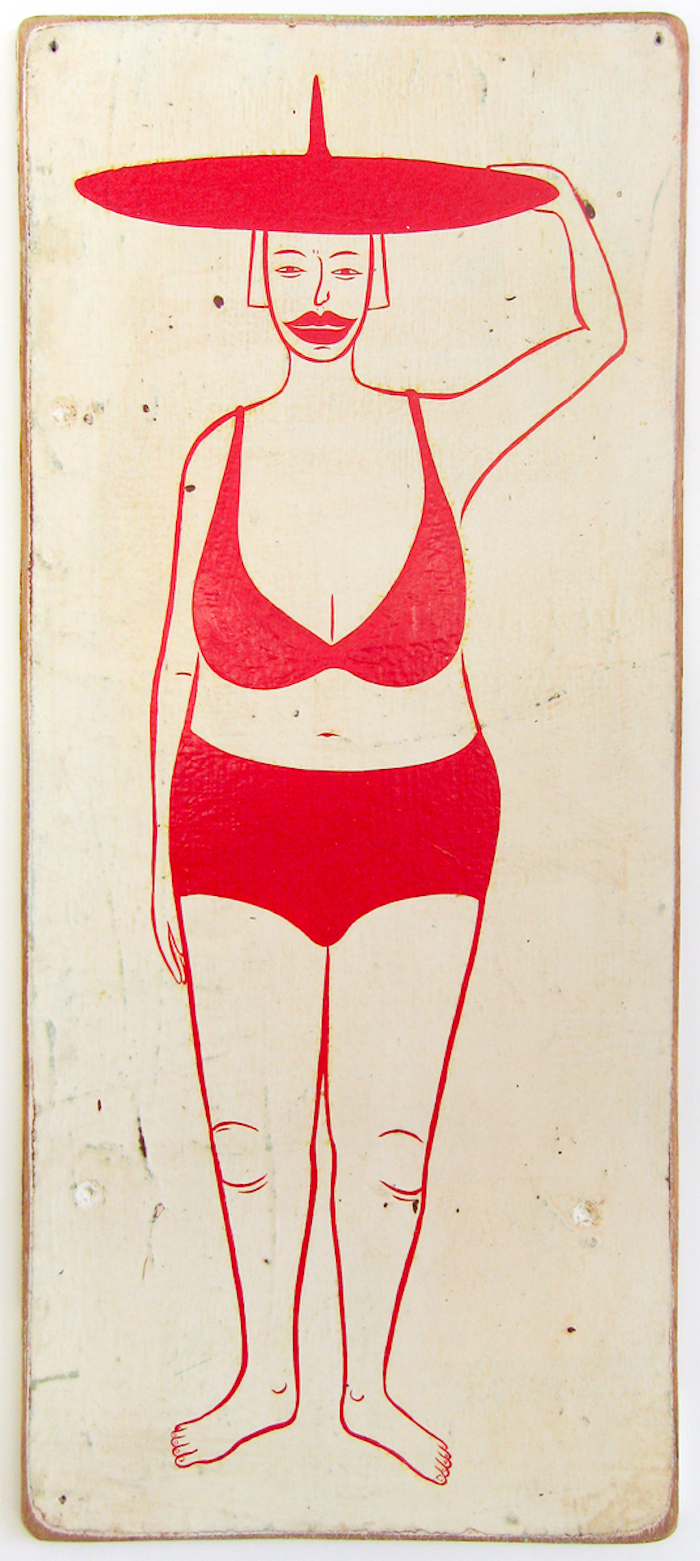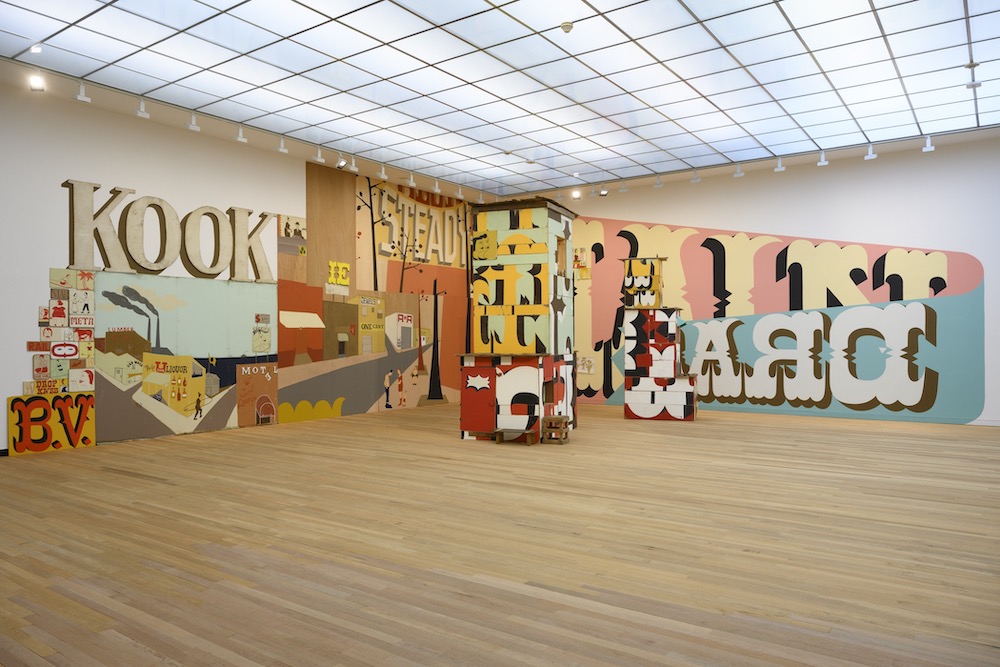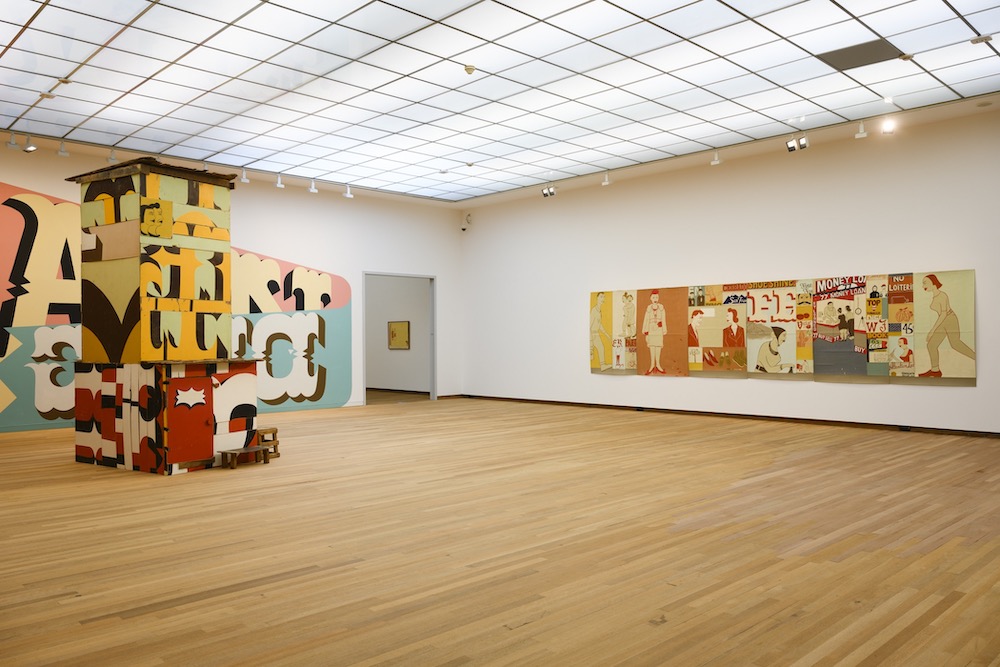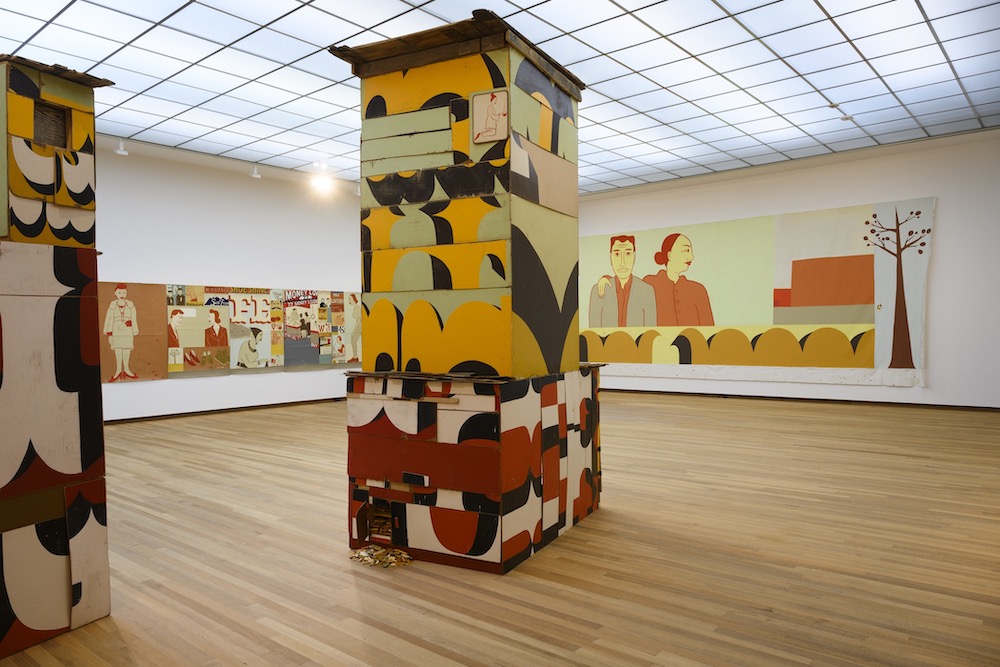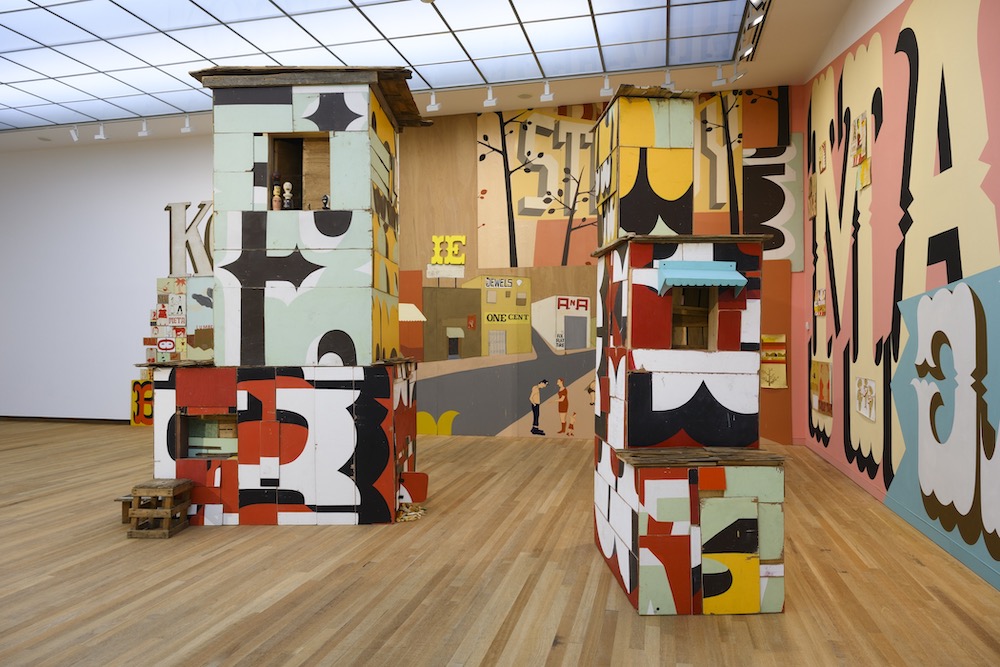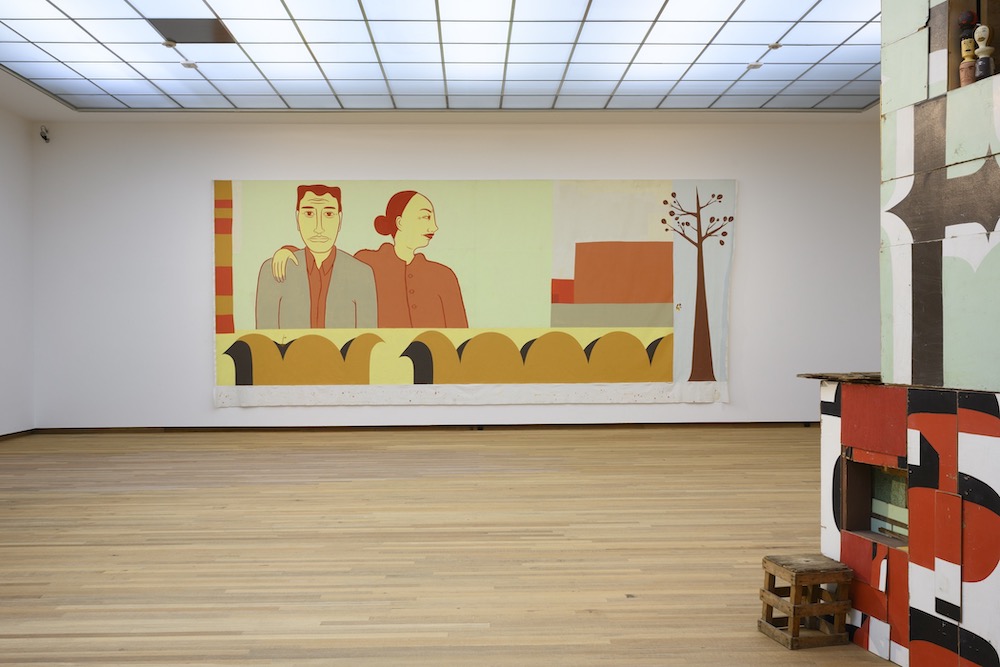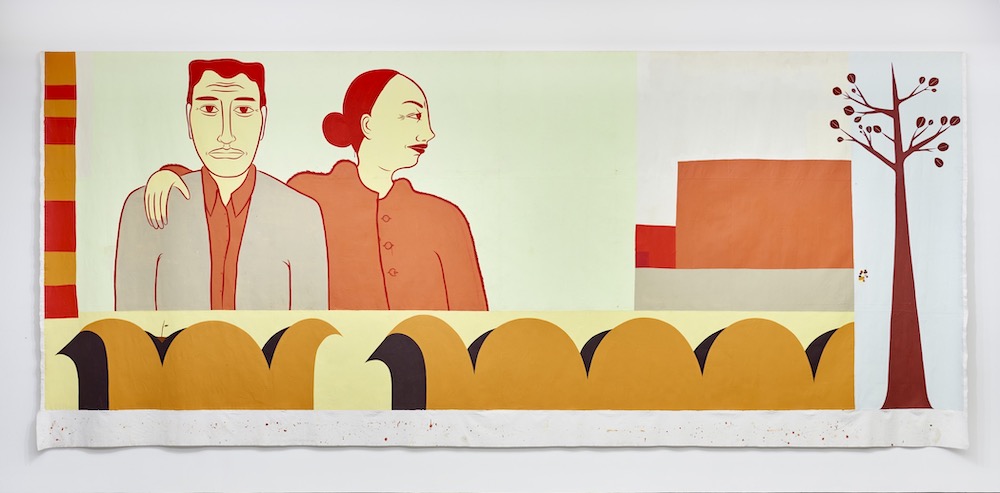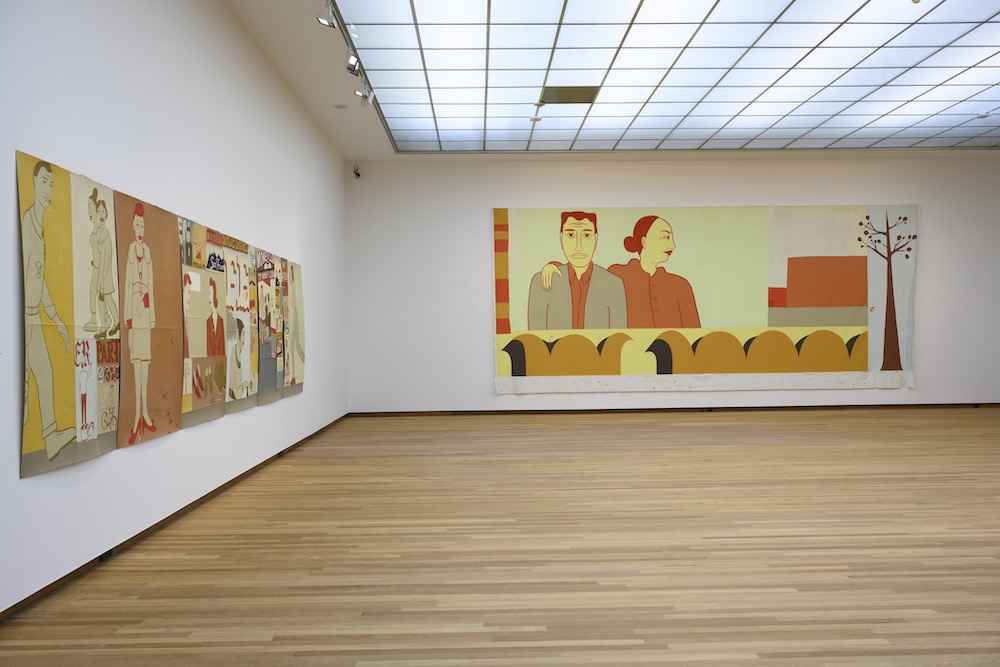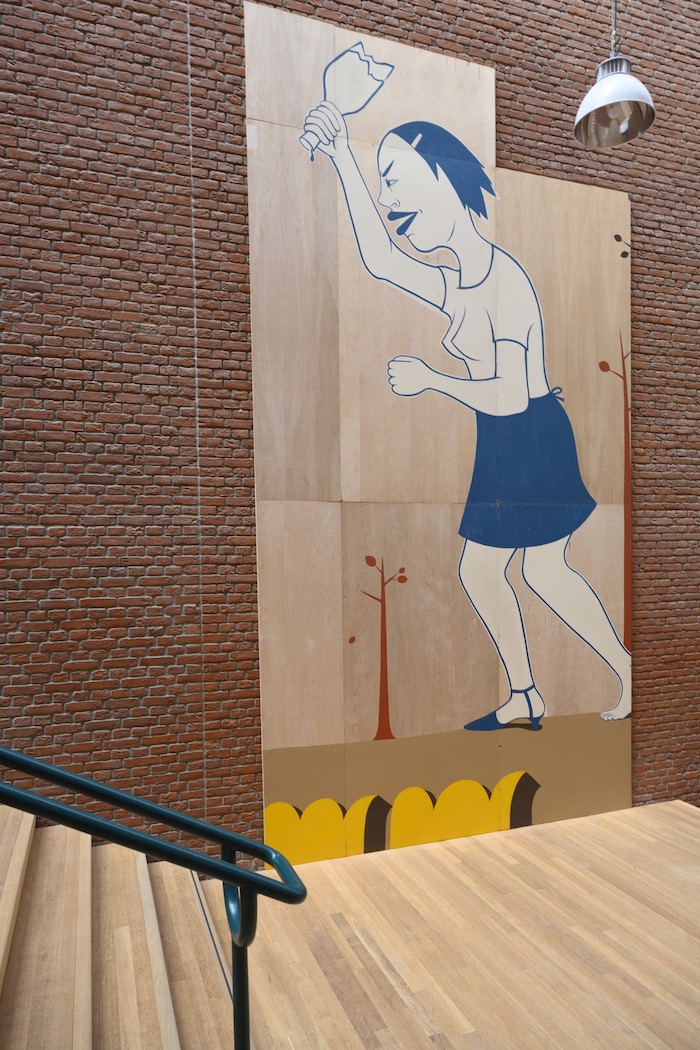"I spend a lot of time going over the line and over the line and trying to make it straight, and I’ll never be able to make it straight. From a distance, it might look straight, but when you get close up, you can always see the line waver. And I think that’s where the beauty is," Margaret Kilgallen said in a 2000 video, and the part of that statement has been used as a title for her first posthumous museum exhibition, which after Aspen Art Museum in 2019 is now on view at Bonnefanten Museum in Maastricht. On view through November 7, 2021, this is the largest presentation of the late artist's work in more than a decade, presenting the irresistible charm, dedication, and the poetic soul of the iconic artist.
There is a mix of awe and nostalgia, excitement and melancholy every time we face the works by one of the most prominent and important names of what's widely recognized as Bay Area Mission School, and seeing this exquisite presentation elevates such experience to new heights. It's the direct, unmediated approach to Kilgallen's art making that seems to have captured traces of her sensible soul in the threads of sawn canvases, between the edges of cut out and reassembled wood panels, and alongside elegant lines which form her characters, symbols, and fonts. Working with graphic, schematic style and influenced by her printmaking background as well as folk art, the handmade aspect of the work became the core of her creative activity. From taking photos of random DIY street signs around Mission, over collecting discarded materials, to drawing and painting her unmistakable iconography with acrylics on paper, cardstock, canvas, wood panel, and found objects. Using a fairly limited palette dominated by blacks and reds, colors commonly used in folk art, especially Indian folk art, Washington-born artist was reconstructing the public image of women while exploring American and non-Western folk history as well as the underground SF scene. With references to graffiti, surfing, skateboarding, punk, and DIY culture, alongside nods to folk musicians, train marking, and sportswomen, her works connect times and spaces, people and their ways of expression, in a way that is not easy to decipher but impossible to resist.
And the selection of works comprising this retrospective gives the visitors a comprehensive overview of Kilgallen's artistic practice and general interest in changing “the emphasis on what’s important when looking at a woman.” Aiming to promote the potential of women to create and achieve goals based on their talent and intelligence, her work is openly confronting the general focus on woman physical appearance above anything else. With nods to rare female folk musicians or early Olympic sports women, the works are often depicting strong women, confidently being alone, sometimes paired up with another subject, or even fighting. Following the examples of her drawings on paper, sewed canvases, clustered panels, as well as examples of her graphic designs, sketchbooks, zines, record covers, and limited editions, the exhibition peaks with an immersive installation Main Drag. Comprising large letters painted on a wall, sculptural elements, big mural-sized panel works as well as a cluster of smaller wood panels, the artist's final work is the culmination of the practice she developed after her move to SF. Freezing that romanticized image of authentic Americana, Kilgallen is both capable of preserving its proud history and revealing its fragile and melancholic character, all while celebrating the beauty of handmade artistry. And it's this particular approach that can transform such a strong word as SLAUGHTER into a beautifully powerful mural, honoring its evocative meaning while utilizing the forms of the typography and the mood of the selected colors. —Sasha Bogojev

